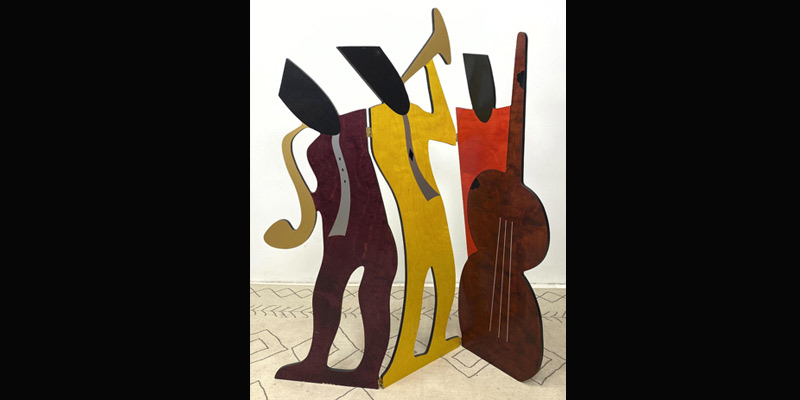The folding screen with the jazz band was the first that stopped me as I previewed some auction items online. It showed three men on stiff board looking as if they were rocking and swaying to their own music.
I liked its silent rhythm and wondered where it might fit in my house. To cover an opening where a previous owner had removed a door from the dining room into a little alcove into the kitchen? Too wide, I thought. I could not think of a single other place to position the screen, so I moved along.
Then I came upon another folding screen just as nice and then another and then another. In fact, by the time I had finished perusing the upcoming auction at Uniques and Antiques in Aston, PA, I had seen nearly a dozen screens, two of which were the same. Four were groupings of steel mesh curtains that could stand in just as well as screens, room dividers or backdrops.
I actually used a folding screen to cover the wires and fuse boxes on the wall behind the washer and dryer in my basement. I was on the hunt for something pleasant for the space, and when I saw the four-panel screen at auction I knew that was it. It was a bamboo screen in dark painted wood. It was part of an auction of furniture and other items from a hotel that had closed.
Most of the screens coming up in this online auction were unique in their own way and could work in any décor – if you had the space for them. Here they are:
The jazz band, whose photo is at the top of this blog post, consisted of three panels more than six feet tall.
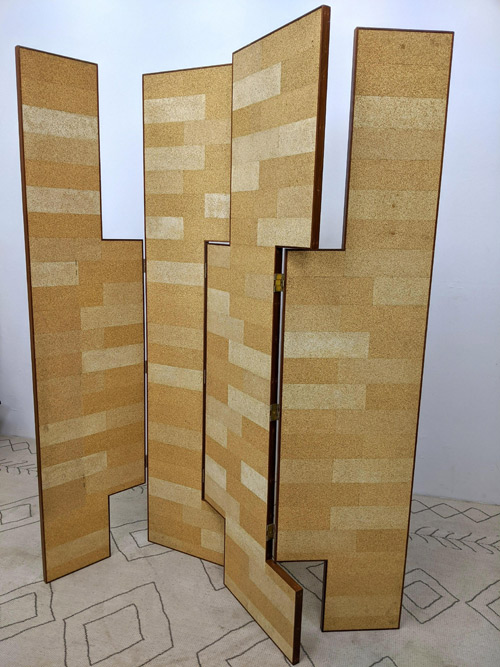
There were two folding screens reminiscent of ones made by a designer named Eileen Gray, whose name was new to me but whose work and background were fascinating. The auction house described them as “After Eileen Gray,” indicating that they were not made by her but represented her style. Gray was a modernist designer who worked from the 1920s up until her death in 1976. She was best known for her architecture, but she also created furniture and textiles. She was born in Ireland, grew up in London and spent most of her life in Paris.
Some of her early works are in the collections of the Museum of Modern Art in New York and the Victoria and Albert Museum in London. Two Eileen Gray folding panels made of cork, mahogany and metal sold for $586,673 at a Sotheby’s auction in Paris in 2018. They were designed circa 1960s and made in 1973. The screens were part of an edition of five, three of which are in museums.
Sotheby’s online home store had an Eileen Gray screen similar to the ones at auction for a price of $7,180.
The “After Eileen Gray” screens at auction – standing at nearly 7 feet – had an estimated value of $800 to $1,200.
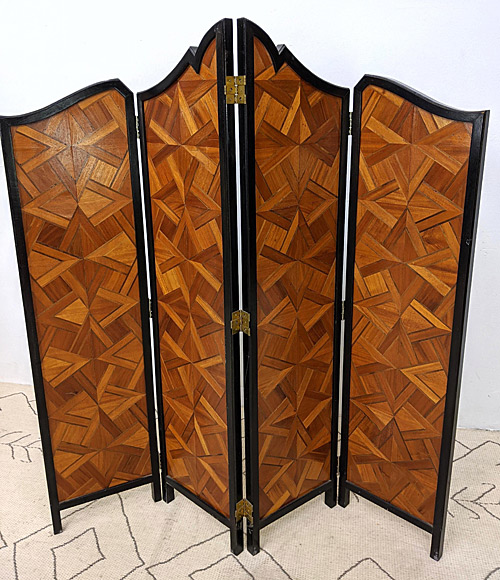
Art Deco folding screen with parquet-inlaid front panels, nearly 5 feet tall.
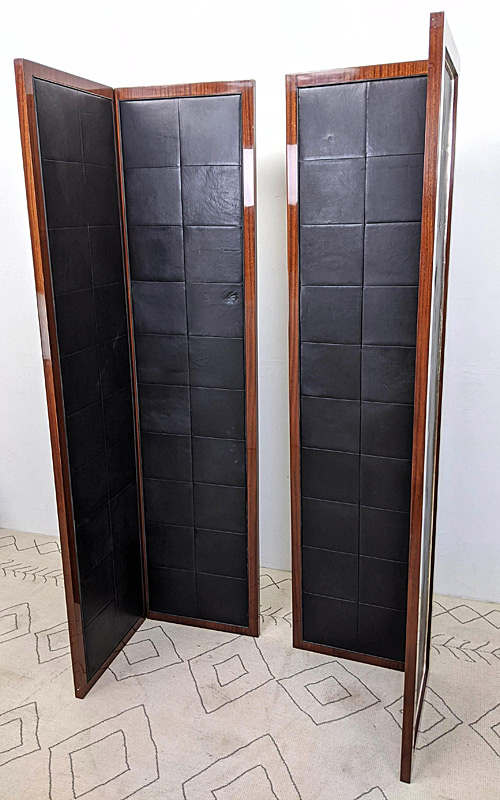
Pair of mahogany and leather folding screens, 8 feet tall each.
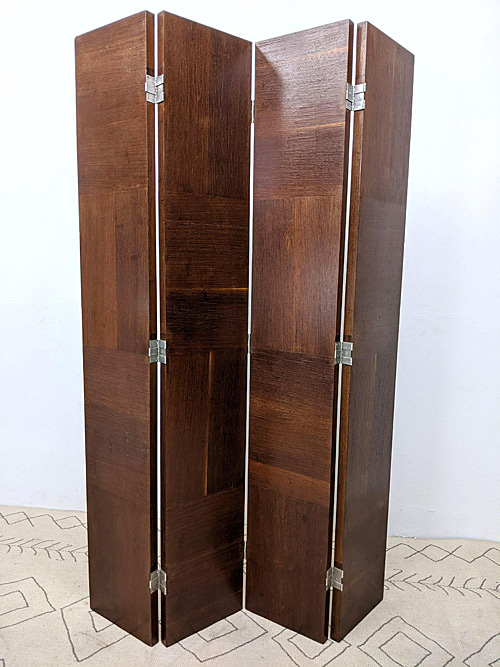
Art Deco folding screen with patchwork veneer, more than 7 feet tall.
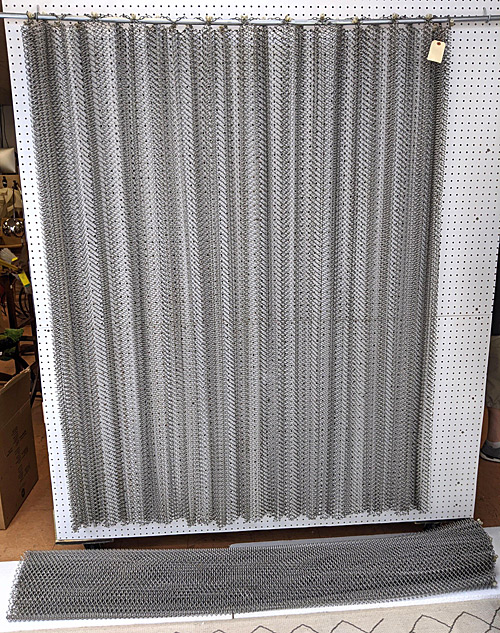
Several groupings described as steel mesh curtains that could also be used as screens and room dividers, 6 feet tall.

